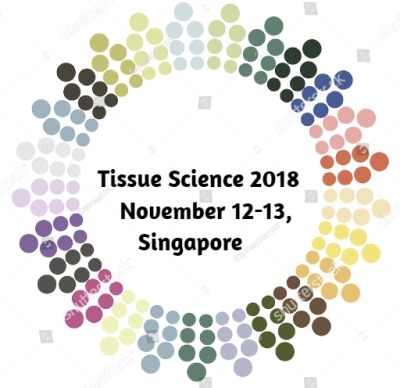
Joshua Kuruvilla
International Medical University, Malaysia
Title: Investigating The Autophagy Mechanisms Of Orientin In Lipopolysaccharide-Stimulated Bv2 Microglia Cells
Biography
Biography: Joshua Kuruvilla
Abstract
Background: Neuroinflammation is a primary risk factor of neurodegenerative diseases (ND), with microglia cells under pathological conditions directly contributing to neuroinflammation. Induced autophagy has been known to therapeutically reduce neuroinflammation without exacerbating the pathological condition of the disease. Existing treatments for inducing autophagy in neuronal setting are few but effective, with some noted to have reached clinical trials phase II, and much scientific support for new compounds to modulate autophagy in a neuronal setting. Hence, this study focuses on the autophagic inducing potential of orientin on lipopolysaccharides-stimulated BV2 microglial cells. Methodology: BV2 microglia cells pre-treated with orientin at maximum non-toxic dose or MNTD (15 µM) and ½ MNTD (7.5 µM), for a 3-hour period, followed by induction of neuroinflammation via 0.1 μg/mL of lipopolysaccharide (LPS) stimulation. Autophagolysosome production was qualitatively determined with Acridine Orange (AO) staining and expression of autophagy pathway proteins were analysed via Western Blot analysis. Results: The induction of intracellular autophagolysosomes, under MNTD and ½ MNTD treatment of orientin qualitatively determined by AO staining confirmed the near completion of autophagy, with particular noteworthy observation of low complete neuronal death. Western Blot results showed upregulation of autophagy proteins Beclin-1, ATG5 and LC3-II, highlighting upregulation of key autophagy pathways in autophagy vacuole formation. Conclusion: Orientin possesses significant likelihood of contributing to field of autophagy inducing therapeutic agents for targeting neuroinflammation in neurodegenerative diseases. Its autophagy inducing properties most likely stem from its ability to directly affect the mTOR signaling pathways by downregulating PI3K-I/Akt and MAPK/Erk 1/2 signaling pathway, encouraging future studies are required to refine this hypothesis.

